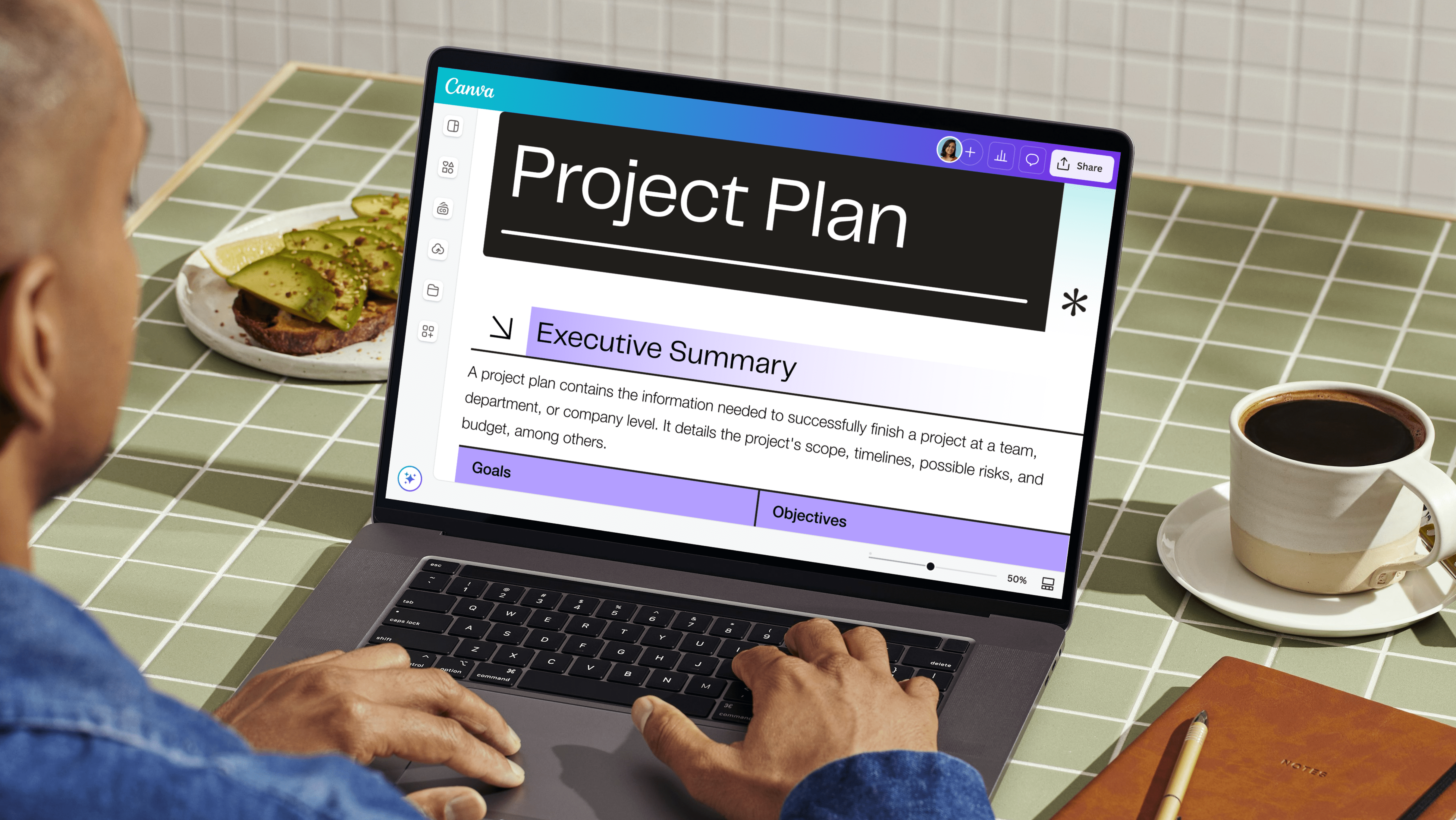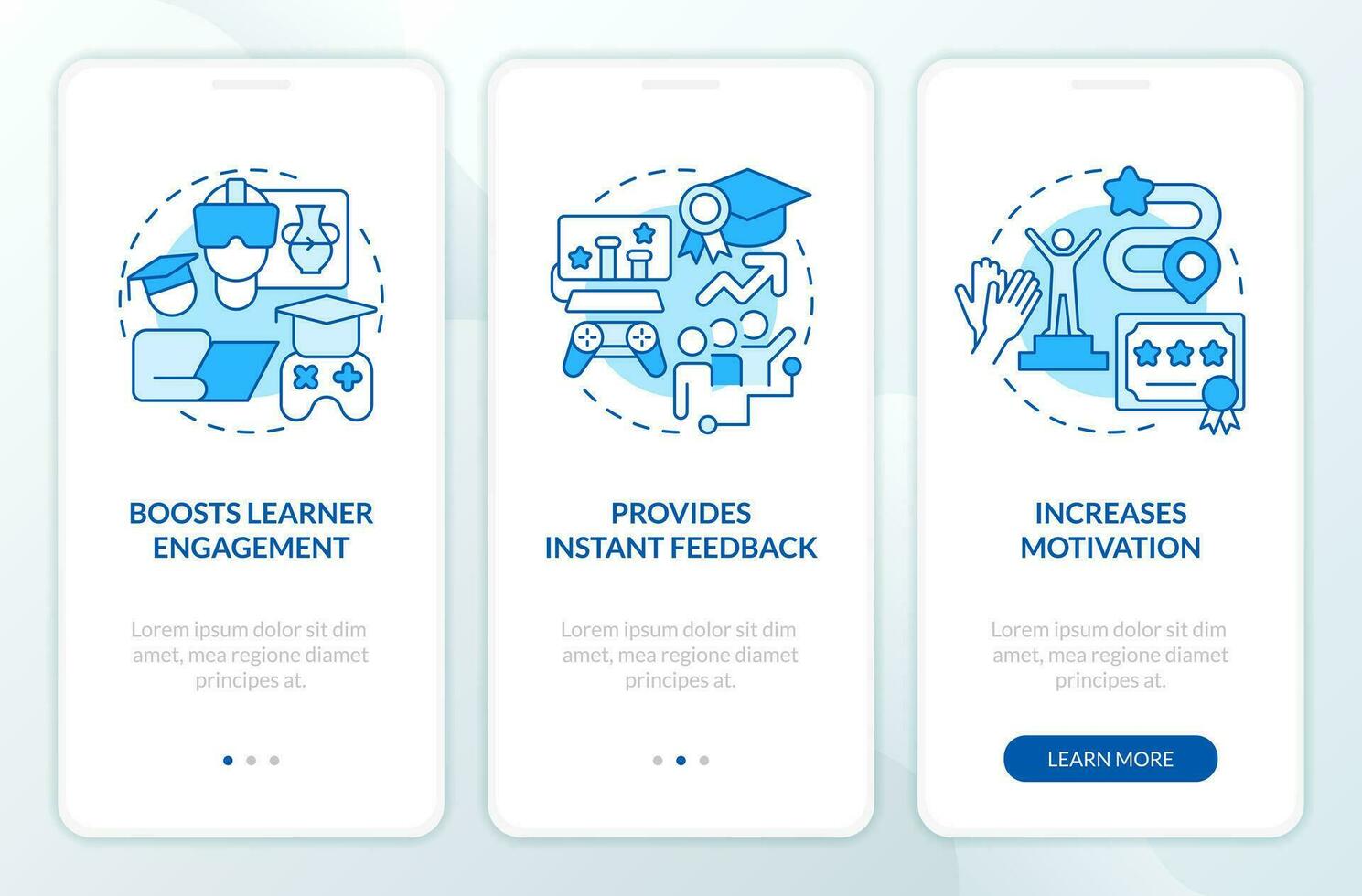Effective Strategies for Managing Challenging Behaviors in Early Childhood Education



- Unmet needs (hunger, fatigue, attention)
- Developmental delays or disabilities
- Environmental stressors (noise, transitions)
- Lack of social-emotional skills (impulse control, communication)
- Traumatic experiences
Potential Trigger | Observed Behavior | Possible Underlying Need |
|---|---|---|
Loud Noises | Covers ears and cries | Sensory Overload |
Transition Time | Refuses to participate and tantrums | Difficulty with Change |
Sharing Toys | Grabs toy and pushes peer | Lack of Social Skills/Frustration |
Potential Trigger | Observed Behavior | Possible Underlying Need |
|---|---|---|
Loud Noises | Covers ears and cries | Sensory Overload |
Transition Time | Refuses to participate and tantrums | Difficulty with Change |
Sharing Toys | Grabs toy and pushes peer | Lack of Social Skills/Frustration |

- Establish clear and concise classroom rules.
- Communicate expectations in a positive and age-appropriate manner.
- Create visual schedules to illustrate daily routines.
- Provide consistent reminders and cues.
- Reinforce positive behavior with praise and rewards.
Classroom Rule | Example | Rationale |
|---|---|---|
Be Kind | Use kind words and actions | Promotes empathy and respect |
Be Respectful | Listen when others are talking | Encourages active listening |
Be Safe | Walk inside the classroom | Ensures physical safety |
Classroom Rule | Example | Rationale |
|---|---|---|
Be Kind | Use kind words and actions | Promotes empathy and respect |
Be Respectful | Listen when others are talking | Encourages active listening |
Be Safe | Walk inside the classroom | Ensures physical safety |

- Functional Behavior Assessment (FBA)
- Individualized Behavior Support Plan (BSP)
- Teaching alternative skills
- Modifying the environment
- Data collection and monitoring
Component of PBS | Description | Example |
|---|---|---|
Functional Behavior Assessment (FBA) | Identifies the triggers and functions of challenging behavior | Observing that a child tantrums when asked to clean up toys, indicating a possible aversion to transitions |
Individualized Behavior Support Plan (BSP) | Outlines strategies for teaching alternative skills and modifying the environment | Teaching the child to use a visual timer to prepare for transitions and providing positive reinforcement for compliance |
Data Collection and Monitoring | Tracks progress and makes adjustments as needed | Recording the frequency and duration of tantrums before and after implementing the BSP |
Component of PBS | Description | Example |
|---|---|---|
Functional Behavior Assessment (FBA) | Identifies the triggers and functions of challenging behavior | Observing that a child tantrums when asked to clean up toys, indicating a possible aversion to transitions |
Individualized Behavior Support Plan (BSP) | Outlines strategies for teaching alternative skills and modifying the environment | Teaching the child to use a visual timer to prepare for transitions and providing positive reinforcement for compliance |
Data Collection and Monitoring | Tracks progress and makes adjustments as needed | Recording the frequency and duration of tantrums before and after implementing the BSP |

- Active listening and empathy
- Genuine praise and encouragement
- Spending quality time with children
- Open communication with families
- Collaborative problem-solving
Strategy | Description | Benefit |
|---|---|---|
Home Visits | Visiting the child's home to observe their environment and interact with their family | Gaining a better understanding of the child's background and building rapport with their family |
Parent-Teacher Conferences | Meeting with parents to discuss the child's progress and challenges | Sharing information and developing consistent strategies between home and school |
Daily Communication | Providing parents with daily updates on the child's behavior and activities | Maintaining open communication and addressing concerns promptly |
Strategy | Description | Benefit |
|---|---|---|
Home Visits | Visiting the child's home to observe their environment and interact with their family | Gaining a better understanding of the child's background and building rapport with their family |
Parent-Teacher Conferences | Meeting with parents to discuss the child's progress and challenges | Sharing information and developing consistent strategies between home and school |
Daily Communication | Providing parents with daily updates on the child's behavior and activities | Maintaining open communication and addressing concerns promptly |








